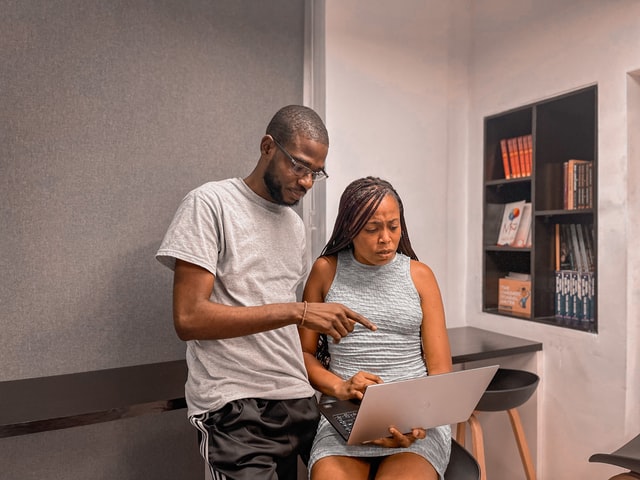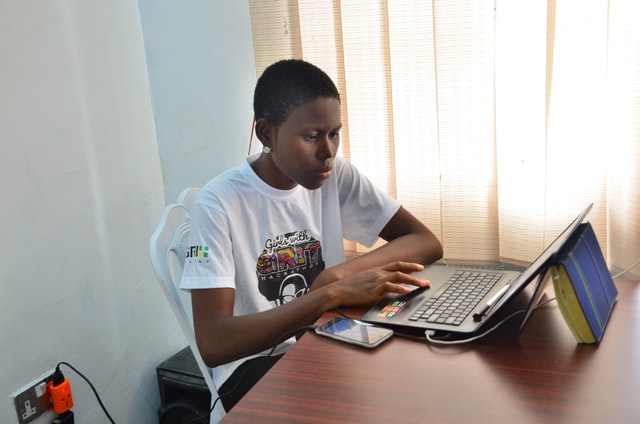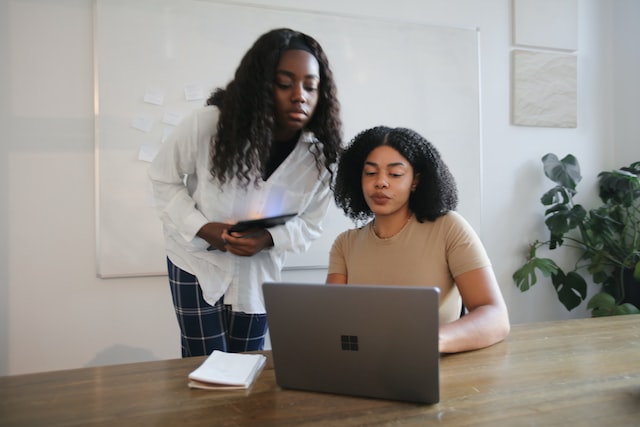It’s no secret that modern culture is ever-evolving, embracing shifts in everything from the environment to fashion trends to the menus at restaurants, the curriculum at schools, and the dynamics of industries large and small.
There is no exception made for all societies concerning this trait.
Debate is one of the fields that has seen such a radical transformation.
Positive changes have occurred in the greetings used during debates as opposed to the traditional approaches.
I remember struggling to craft an excellent debate greeting for my Secondary School debate team.
There are several considerations to make before beginning a debate since a strong start may lead to a satisfying conclusion.
An excellent debate greeting may also impact your audience when they are in the mood to listen intently.
Let’s quickly recap the basics of debate before we get into the optimal methods to start a debate greeting.
Students in Primary, Secondary, and tertiary institutions will find this post helpful.
Let me know in the comment if you have any questions or need further clarification.
Table of contents
Debate Greetings in Schools

Debate entails making well-reasoned arguments for or against a subject with conviction.
The ability to convince others is key to its success.
The debates are successful if you persuade the audience to agree with your views on the issue.
As I said in the introduction, there has been a healthy development in the quality of debate greetings in schools.
The standard or traditional debate format often begins with each speaker saying something like,
“Good day, Mr Moderator, the panel of (impartial) judges, accurate timekeeper, my co-debaters, and the audience.
I am here to propose/oppose the motion, which asserts that” (States motion).” with the following arguments of mine:…..”
This clichéd greeting left little opportunity for originality or independence since it was the custom.
Any speaker who did not reach this standard (or surpass it) was immediately labelled as a terrible speaker before they even started making their arguments. But this is not the standard anymore.
Debate greetings are more than just an introduction of who you are and what you’ll be discussing; they also set the tone for the remainder of your speech and put the audience’s expectations of how fascinating you’ll be.
It’s crucial to ensure the audience is paying attention and eager to follow you the whole way as you teach them, so it’s always a good idea to have a fantastic opener addressing the debate’s subject.
So, it’s essential to spend some time in advance making an exciting opener that will get people talking about the issue you’re debating and, in the end, make them agree with you.
How to Start a Debate Greeting (Examples)

A debate greeting is always essential during a debate since it indicates your confidence in the subject matter and the argument that you are making.
A debate greeting demonstrates respect not just for the audience and the judges but also for every other individual who is currently in the room.
It should say your goal and your thoughts about the topic.
It should also have a list of general arguments that can be used to convince the audience.
Your introduction should be as short as possible. If you read it aloud, it shouldn’t take more than twenty to thirty seconds, and the language you use should be interesting.
The following are a few of the top examples you can use to start a debate greeting in school.
Debate Greeting Examples
“Good afternoon, esteemed judges, honourable opponents, faculty members, and audience members.
I (NAME) would want to use this opportunity to sincerely offer my appreciation for your interest in the (SUBJECT ).
I like to begin by stating that I am proclaiming my support [for/against] the motion, and if it is okay with you, I would like to declare that…….’
“Good afternoon, distinguished judges, participants of the opposing team, Chairlady, and audience members.
I serve as the leader of the affirmative team.
The subject of our motion for today is…….”
To the distinguished members of the jury, the esteemed faculty, and my fellow competitors, I bid a hearty “good morning” (if it is morning).
I want to bring to your attention today some of my thoughts in support of (if you are in favour of) or opposition to (if you are against) the motion (say your topic).
Good day to you, the judges, my honourable competitors and audience members.
My name is ****, and I’ll be giving you a rundown of why I’ve concluded that “MOTION” is a subject I must address with “NO (If you are against it)/YES (If you are in support).”
Debate Etiquette

Keep in mind that greetings are just the beginning of the process of winning a debate in school.
In a debate competition, you want to project an air of confidence without coming across as arrogant.
Instead, you want to come across as kind, firm, courteous, and extremely eager to understand your opponent.
When used appropriately, a sense of humour may be pretty beneficial.
Teammates should chat quietly with one another so as not to disrupt the presenter or the audience.
There shouldn’t be any timidity in body language, gestures, or note-taking.
When speaking at your table, your demeanour should reflect a sense of confidence while showing concentration.
An approachable, honest, and conversational tone is excellent. It ought to be extremely easy for everyone to hear.
Inappropriate behaviours like shouting, rudeness, or showing your emotions have no place in the discussion or any acceptance speech.
Most of the time, the tone of the person speaking will show if they are serious and want to get their point across.
The official discussion won’t start until the chairman is done reading the resolution to the crowd.
After that, they will introduce the speakers, the judges, and the person who will keep track of the time.
The chairman will then call on the first speaker to begin the discussion by stating their position.
After the first debater has finished speaking, the other participants will rise in the order they were called and express their points.
Debaters can address their teammates by name, such as “Henry” or as “my comrade,” and may address their opponents as “my opponent” or “the first speaker for the positive/negative”.
Conclusion

If you can capture attention in the first few seconds of a discussion, you have a far better chance of convincing your audience of your point of view and ultimately winning the debate.
Spend some time developing an exciting introduction that can change people’s minds before the discussion starts.
Do you have a great debate greeting that you usually use?
I’d love to hear it. Please leave them in the comments for the rest of us to benefit from your expertise.
Let me know in the comment box below if you have any questions or need further clarification. I will love to help you.

Thank you very
Helpful info you have given here ?
Faith, You’re welcome
Glad I could help.
I am also interested in it thank you
Hello Joy,
Glad you find this post helpful.
Very helpfull info.Thank you
The pleasure is mine.
Success to you.
Very helpful information, thanks
You’re welcome.
This has been helpful
I’m glad to hear that the information provided has been helpful to you! If you have any more questions or need further assistance, feel free to ask.
Best of luck
I’m interested in it please